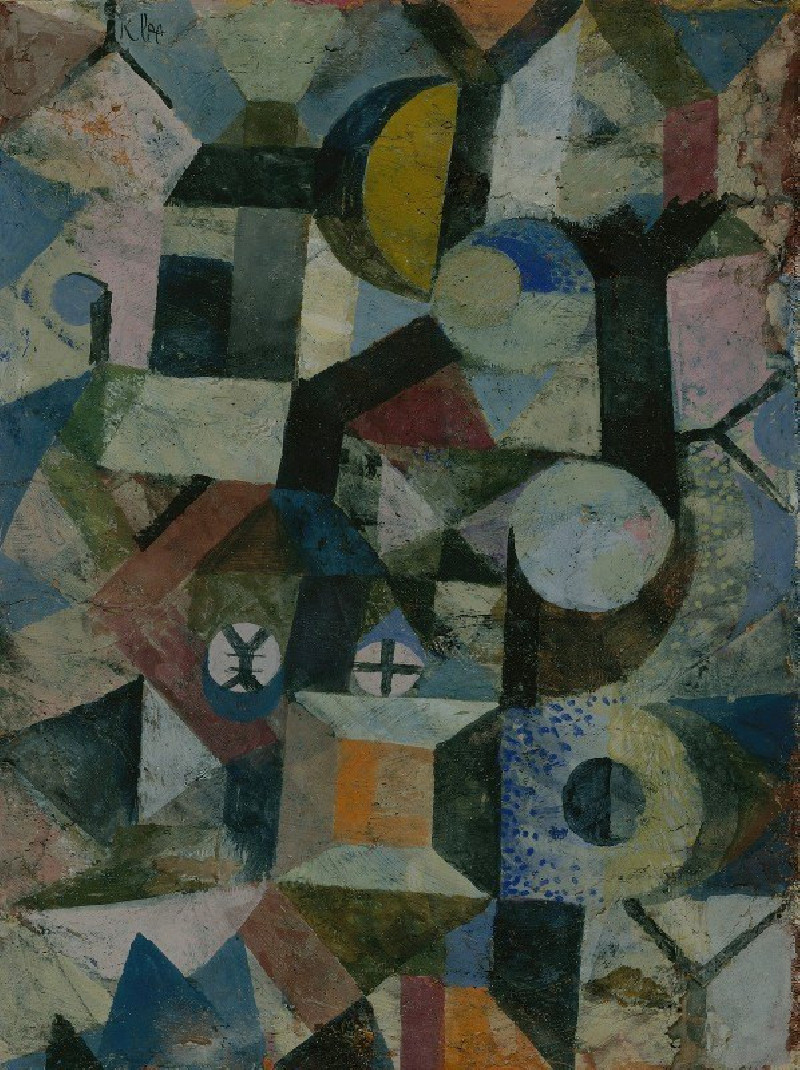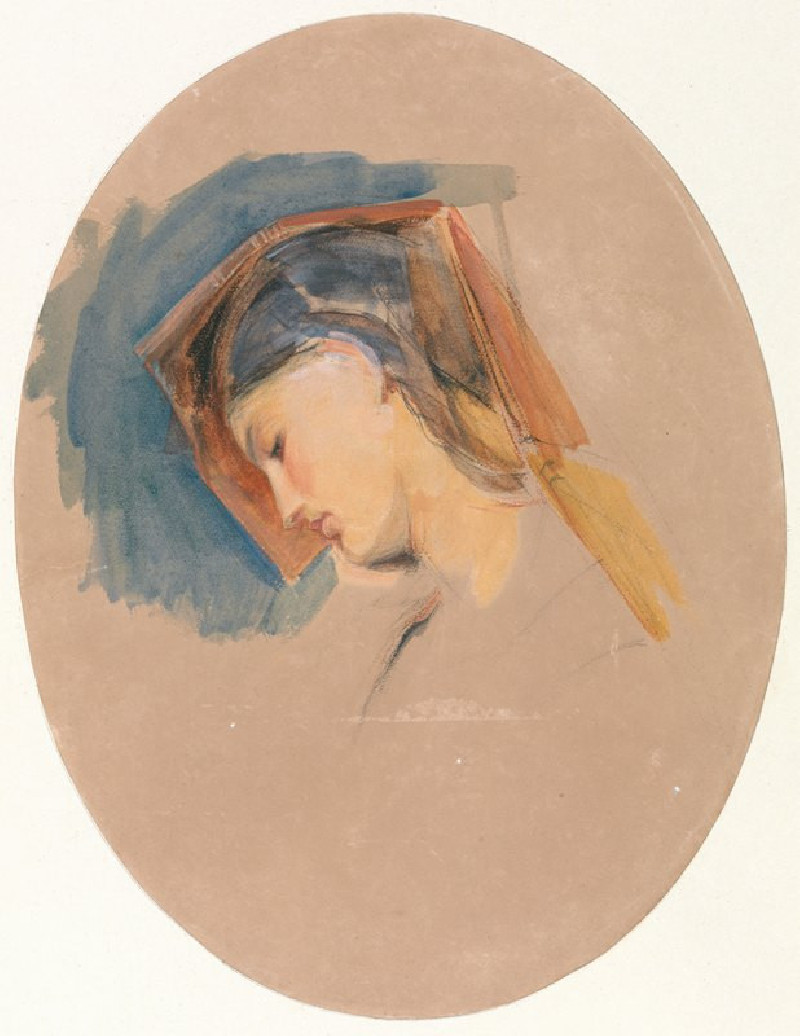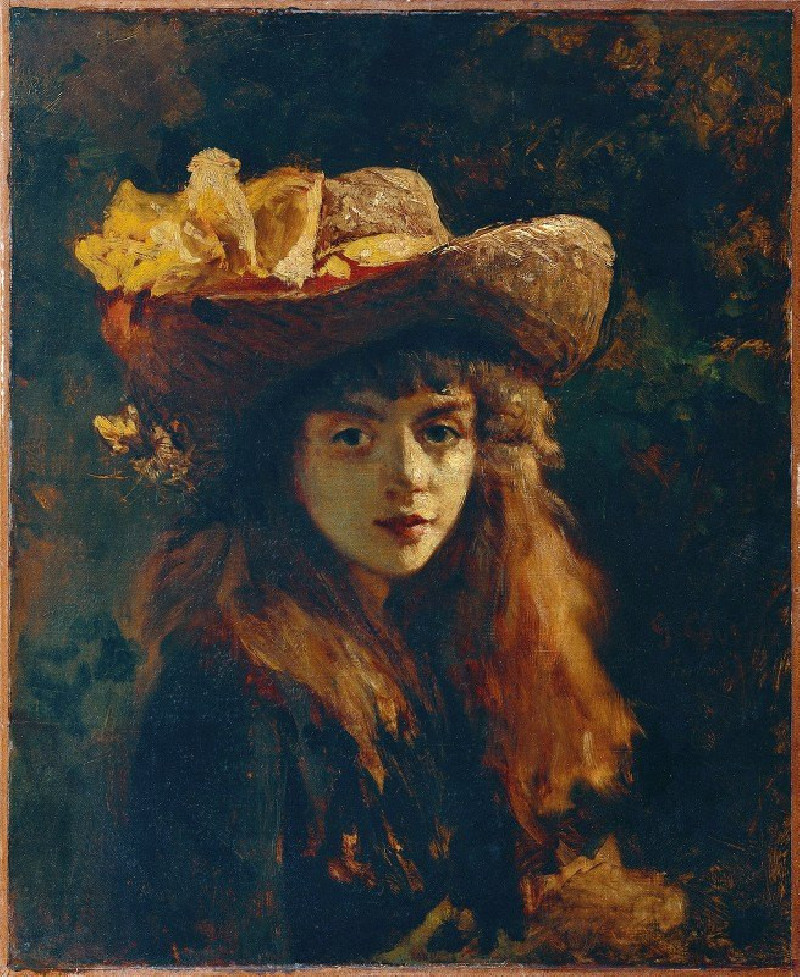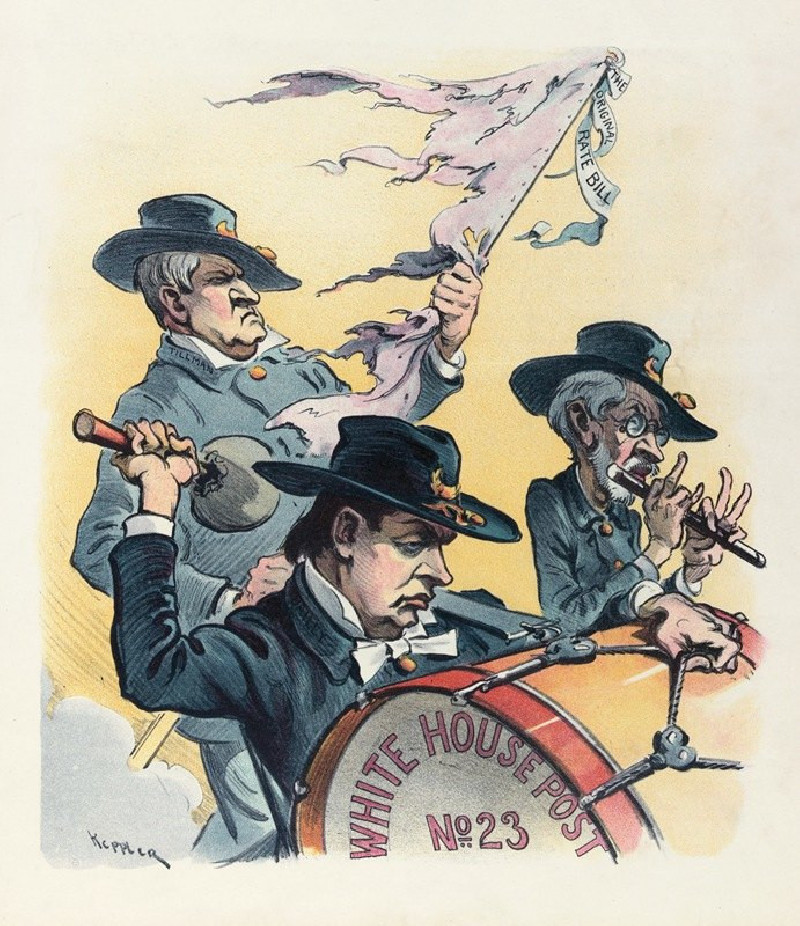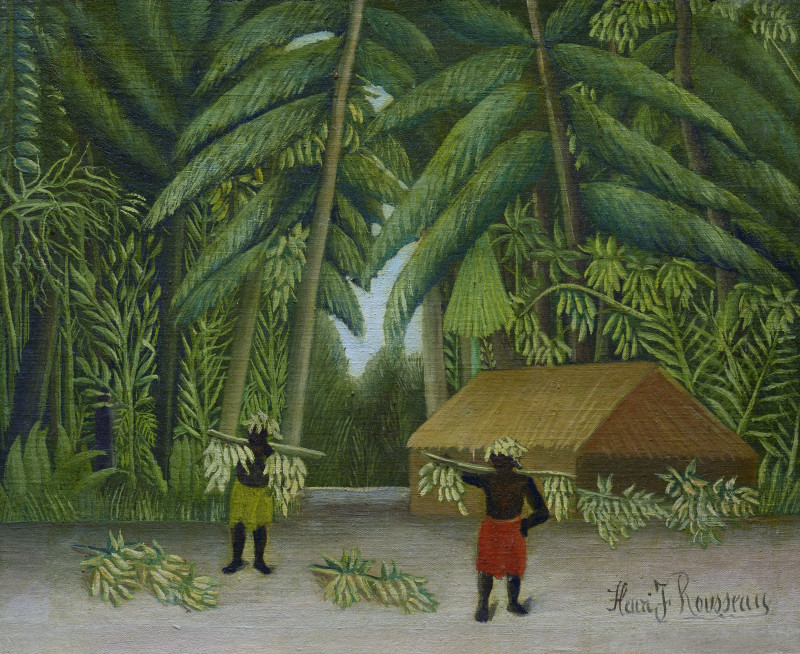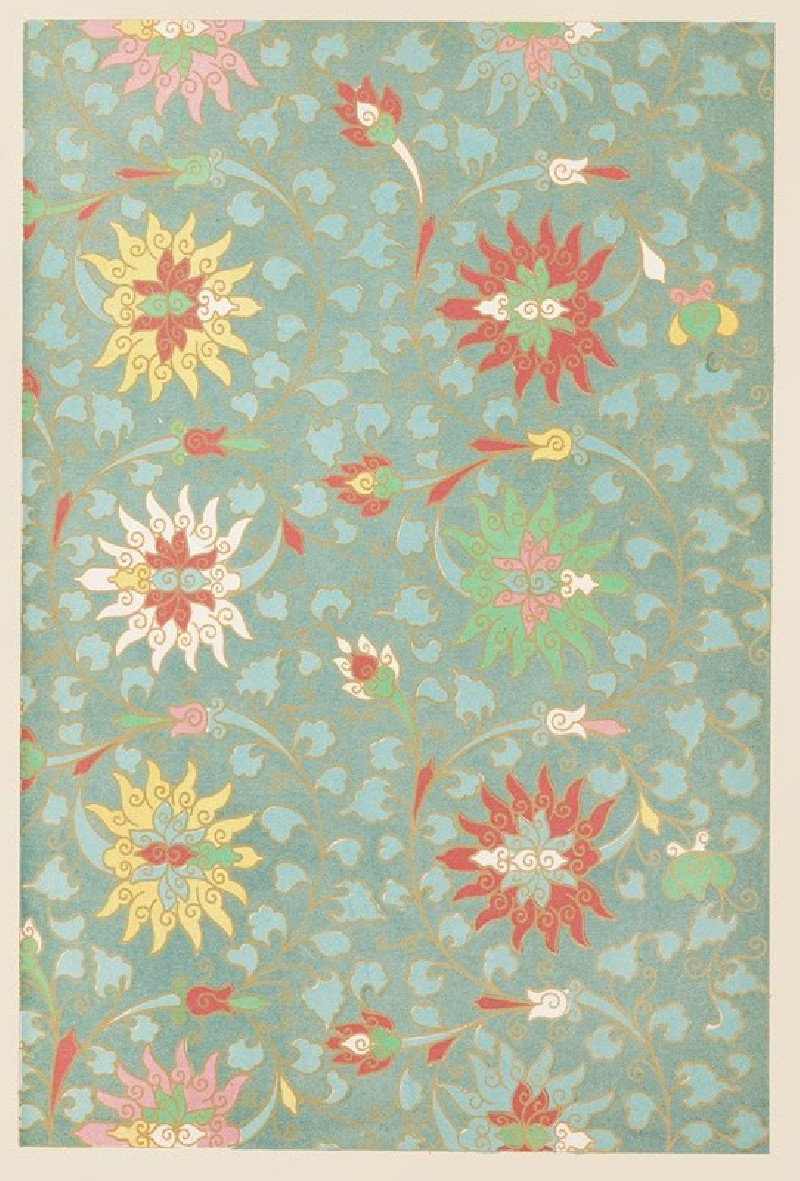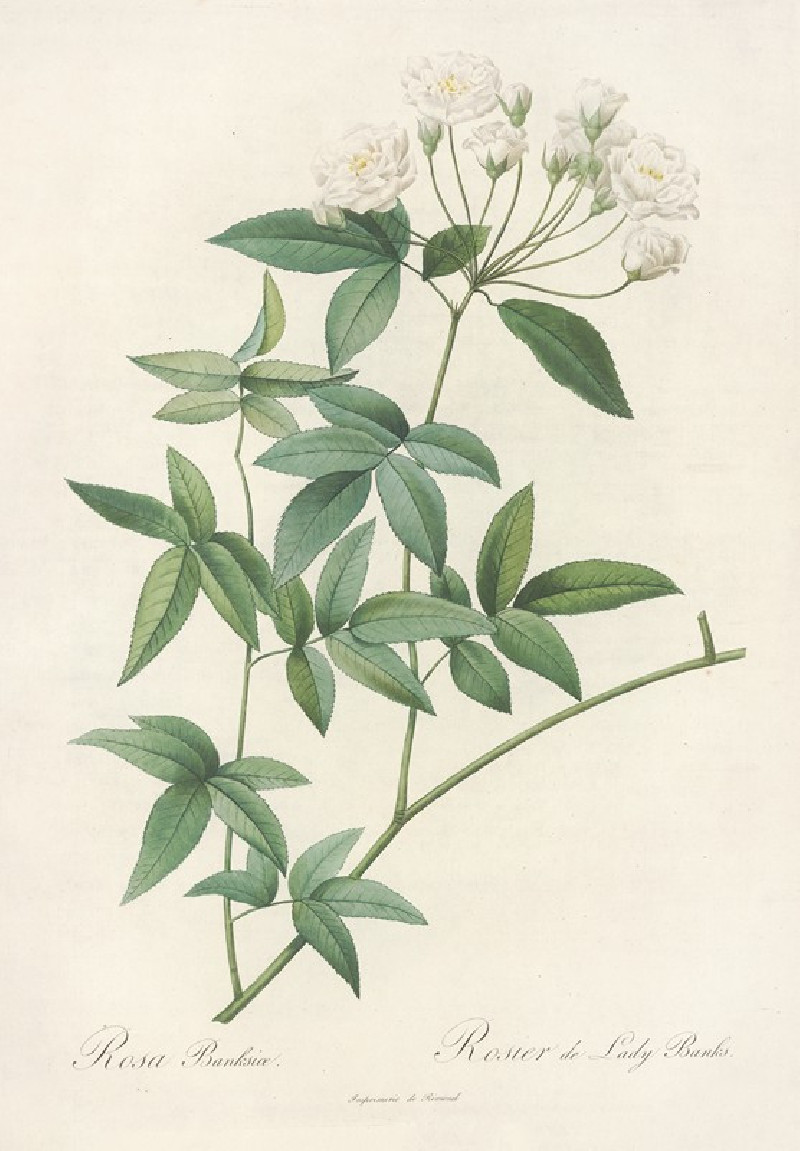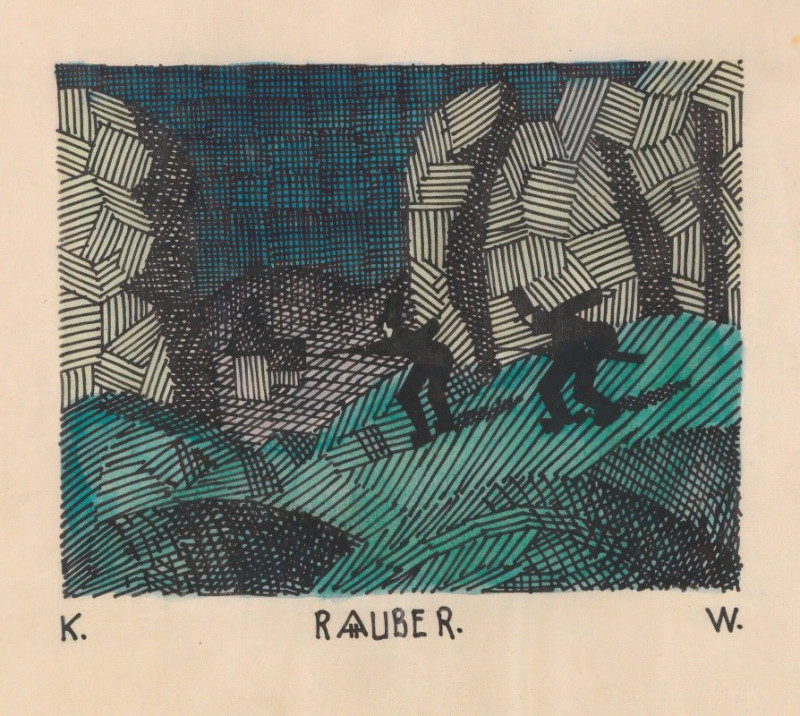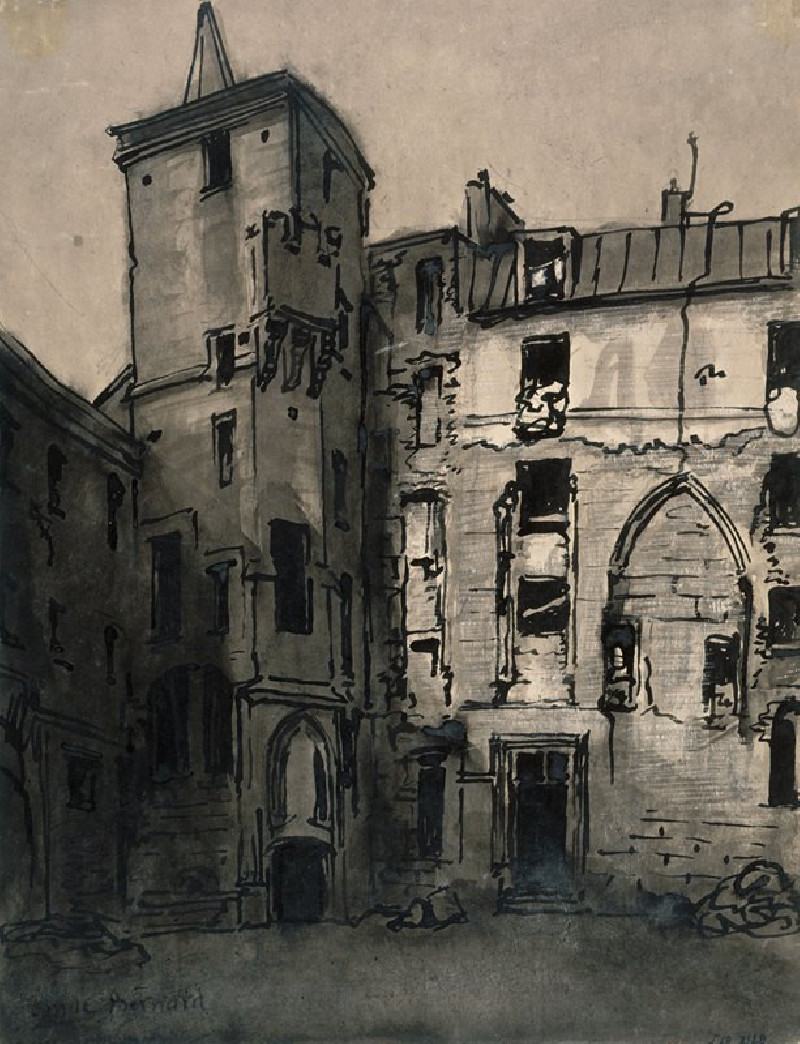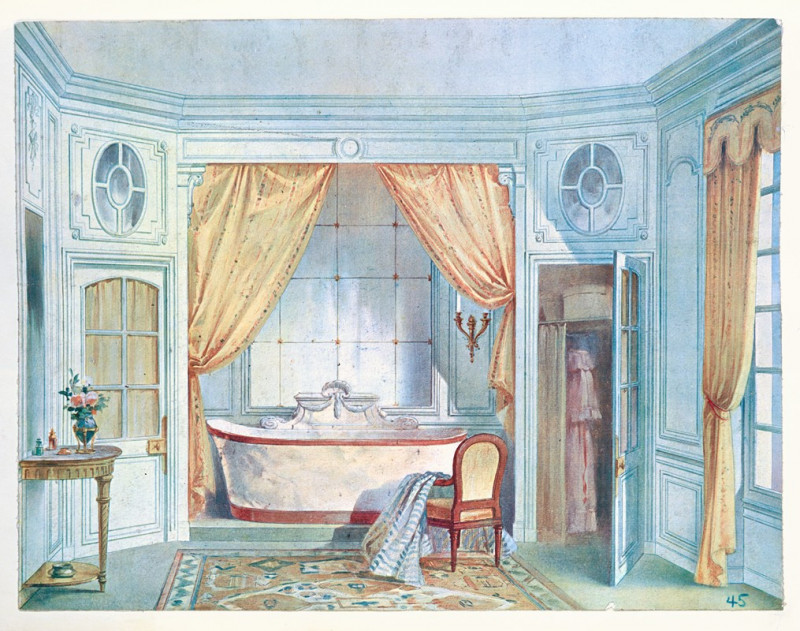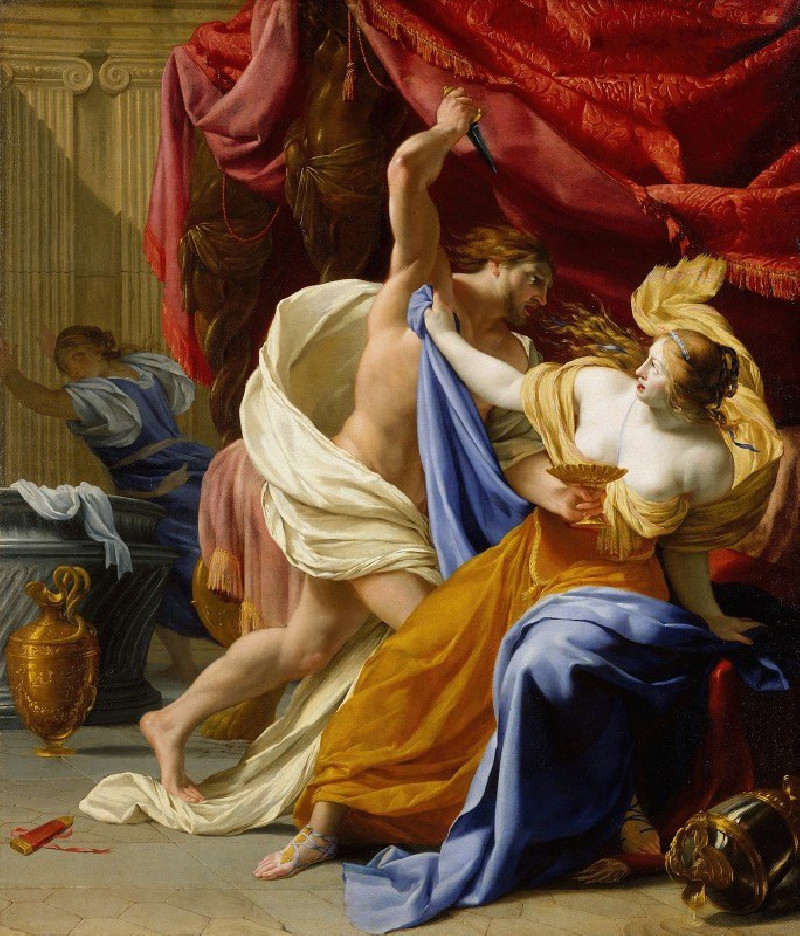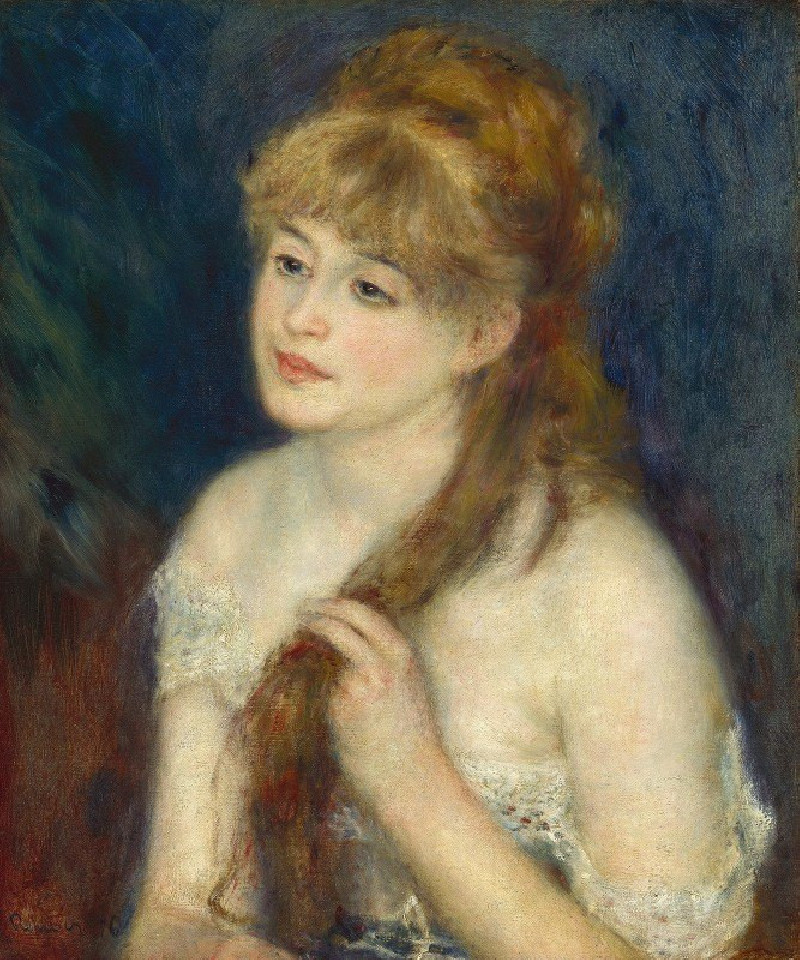A Creek In St. Thomas
Technique: Giclée quality print
Recommended by our customers
More about this artwork
The painting titled "A Creek in St. Thomas" by Camille Pissarro offers up a serene depiction of a tropical landscape. In this artwork, one's attention is immediately drawn to the soft, diffused light of a calm early evening or morning, which casts a gentle glow over the scene. The composition showcases a tranquil creek, its smooth surface reflecting the light and the colors of the sky.Around the creek are tall, slender palm trees, which anchor the composition and give it a distinctly tropical feel. The palms, along with other lush vegetation, line the banks of the creek, creating a feeling of an enclosed, secluded paradise. The artist has paid great attention to the delicate fronds of the palms, and the play of light through their leaves, enhancing the overall feeling of tranquility.To the left side of the painting, a figure stands by the water's edge, engaging in a moment of reflection or perhaps fishing, which adds a human element to the scene, connecting the viewer to the landscape. The background is flanked by lofty hills or mountains, partially shrouded by mist, providing a sense of depth and vastness that contrasts the intimate scene by the creek.Pissarro’s use of soft pastel hues and a subtle tonality conveys the warmth of the Caribbean atmosphere, inviting viewers to appreciate the natural beauty and peacefulness of St. Thomas through his eyes.
Delivery
Returns
Blessed are they who see beautiful things in humble places where other people see nothing. — Camille Pissarro
Camille Pissarro (1830-1903) was born on St.Thomas (now the US Virgin Islands) to a Portuguese father and a Dominican mother. He went to Paris to study art at Ecole des Beaux-Arts. He was an early pioneer of pointillism and neo-impressionism and later became a mentor of many famous impressionist painters including Cezanne, Manet, Renoir, and Gauguin. His paintings depicted rural and urban French landscapes and lifestyle. Many of his works politically captured images of peasants and laborers. Today, he is considered the father of impressionism.
































